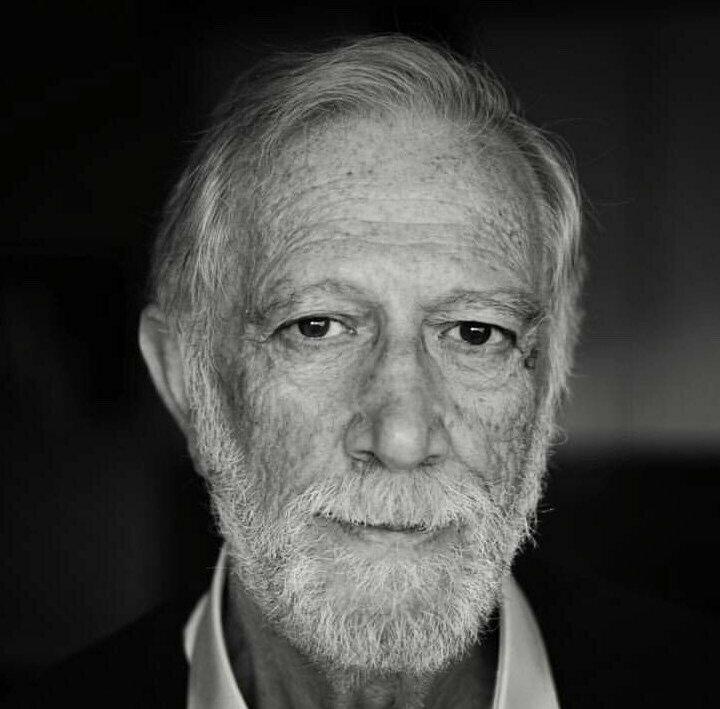Section Branding
Header Content
Why watermelons are a symbol of Palestinian solidarity
Primary Content
Since the war between Israel and Hamas began, the United States and world leaders at the United Nations have been debating the specific language to use for a resolution that would call for a suspension of hostilities in Gaza. After 93 days of war, Palestinian health officials say more than 23,000 people in Gaza have been killed in Israel's bombardments and ground operations in response to the Oct. 7 Hamas-led attacks, which killed 1,200 people and seized 240 hostages.
In response to the ongoing war and the different debates around it, people are using watermelon images to communicate solidarity with the Palestinians because the fruit's colors match the Palestinian flag. But some activists are doing it as a workaround to tackle documented reports of online censorship and shadow banning, where platforms restrict creators' content without their knowledge.
Meta globally censors pro-Palestinian views, according to new report
A 51-page study published by Human Rights Watch (HRW) details how Instagram's moderation policies have "censored or otherwise unduly suppressed" over 1,000 counts of "peaceful content."
Deborah Brown, a senior researcher on digital rights at HRW, talked to NPR about the impact of what they found and online censorship. Brown detailed that "if people are using social media to raise awareness about what's happening in Gaza, and are being censored, this will have an impact on the collective response."
Meta's spokesperson, Ben Walters, denied claims of bias in censoring content from Palestinians and their supporters in a statement. "This report ignores the realities of enforcing our policies globally during a fast-moving, highly polarized and intense conflict, which has led to an increase in content being reported to us," the statement read.
Despite differing opinions from various groups and governments, people are using watermelons to unite in their support of a ceasefire in Gaza. Watermelons are appearing in protests, on walls and in online bios and posts in the form of emojis.
How did the watermelon become a symbol for the Palestinian cause?
Following the Arab-Israeli war in 1967, public displays of the Palestinian flag were outlawed in Israel. Anyone who displayed the flag or its colors could face arrest. The ban was lifted in the 1993 Oslo Accords, but Israel's new far-right National Security Minister Itamar Ben-Gvir ordered the removal of Palestinian flags flying in public spaces last year.
While the exact history of watermelon symbolism in Palestinian history is not locally and universally agreed upon, renowned Palestinian artist Sliman Mansour says the idea of the watermelon's connection with the Palestinian flag came from an Israeli soldier who was trying to censor his gallery in the 1980s.
Mansour told Morning Edition the story of when Israeli officials came to his studio and confiscated some works that depicted the struggle of the Palestinian people.
"They recommended that we do the beautiful flowers and beautiful nude figures, and he said that he would buy it from us," Mansour said. He added that the Israeli officer then gave the gallery two orders: "We are not allowed to make an exhibition unless we get the permission from them to exhibit the works, and we are not allowed to paint in red, green, black and white. These are the colors of the Palestinian flag."
Isam Bader, another artist in the Palestinian gallery, asked the Israeli official what would happen if he drew a flower with those colors? Mansour described the mood changing in the room. "Then the interrogator said they will confiscate it. Even if you paint a watermelon, we will confiscate it," he recalled.
Mansour explained the banning only inspired further resistance.
"This created the kind of sensation among artists, you know, like forbidding artists to paint in certain colors," he said. "So we had a lot of support from many artists from around the world and also from Israeli artists."
Inspiring others
Artists and activists drew inspiration from Mansour's story and started using the watermelon as a sign of Palestinian resistance to occupation. Palestinians and their supporters would carry watermelon slices as a sign of protest.
Mansour's art was initially intended to represent Palestinian culture and be devoid of politics. He painted landscapes of olive groves and scenes of Palestinian people working in the fields.
"This made the Israelis very angry. I don't know why," Mansour said.
A year after the incident with the Israeli official in his gallery, Mansour tells NPR he was randomly detained and questioned by Israeli officials.
He says the experience of witnessing the occupation firsthand changed his art forever.
"I learned a lot, you know, from going through the interrogation and having a bag on my head and my hands handcuffed behind me and standing like 24 hours without food, without drink, without anything," he said.
Mansour started to draw watermelons and other political art after that.
For some, the symbol has become not just a sign of solidarity but also a form of identity and artistic resistance.
Tamara Taha, a Palestinian American activist in Washington D.C., shared with NPR that beyond representing the flag's colors, the watermelon has long symbolized Palestinian resistance to occupation. In the current conflict, it takes on added significance due to what she describes as both more social media censorship and more self-censorship.
"When facing censorship on social media platforms and self-censorship simultaneously, Palestinian communities in the diaspora turn everyday injustices into their canvas," Taha explained. "The watermelon is our modest act of defiance."
Police still crack down on displays of Palestinian flags in Israel and the occupied territories, but Mansour says Palestinian symbols will endure.
"As long as the occupation goes on, it will stay on. I mean, as a symbol," he said.
Copyright 2024 NPR. To see more, visit https://www.npr.org.




